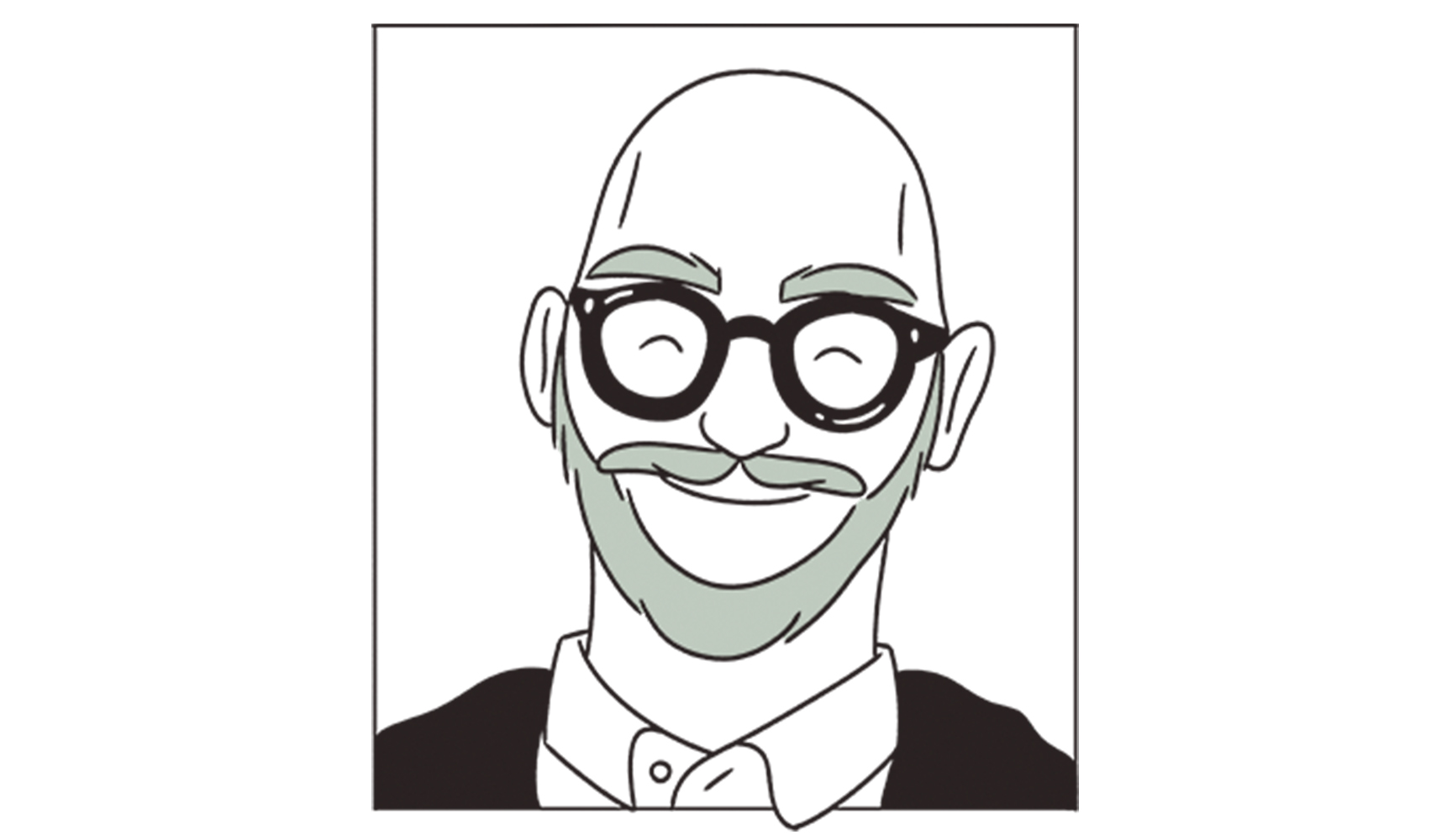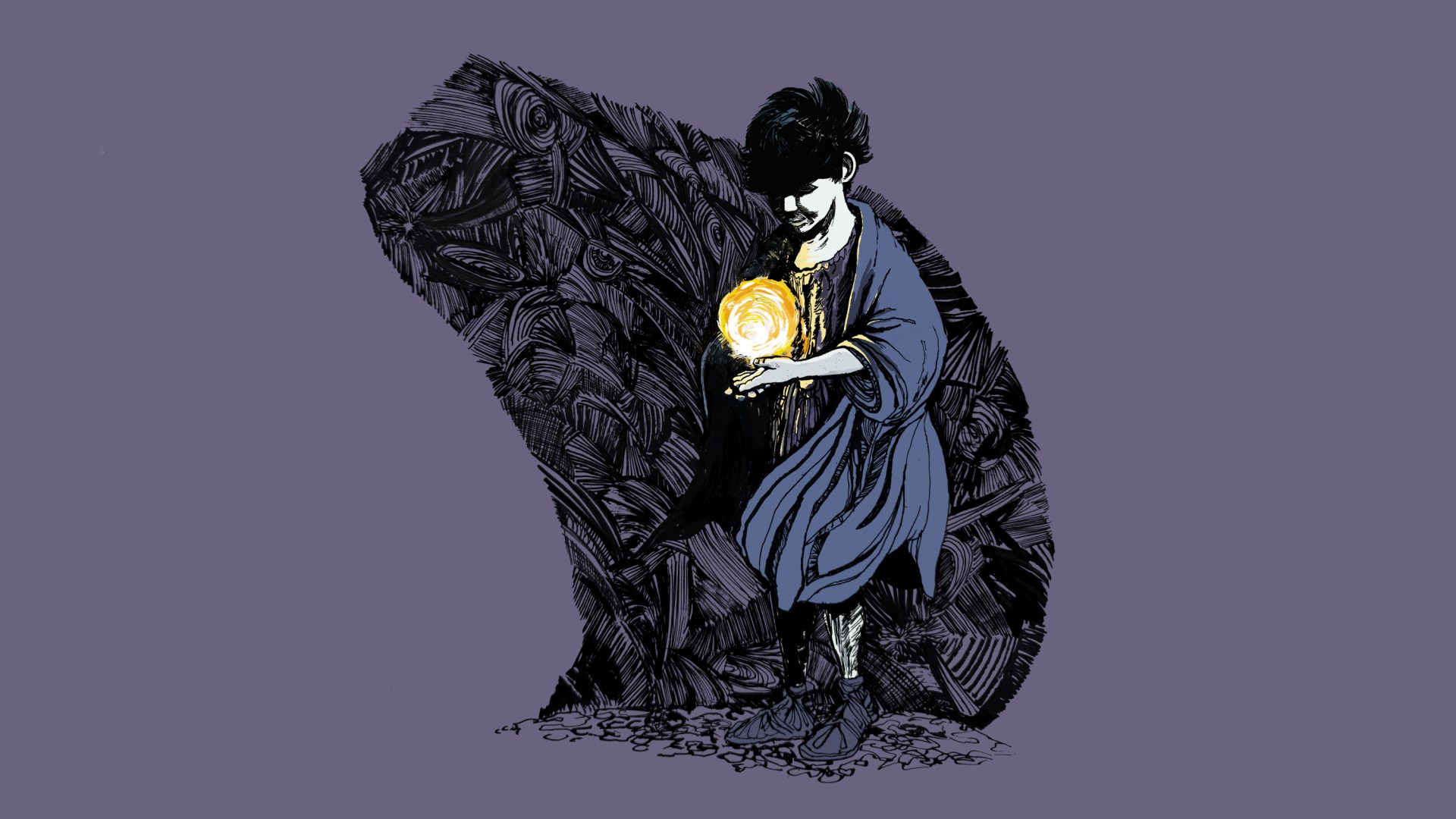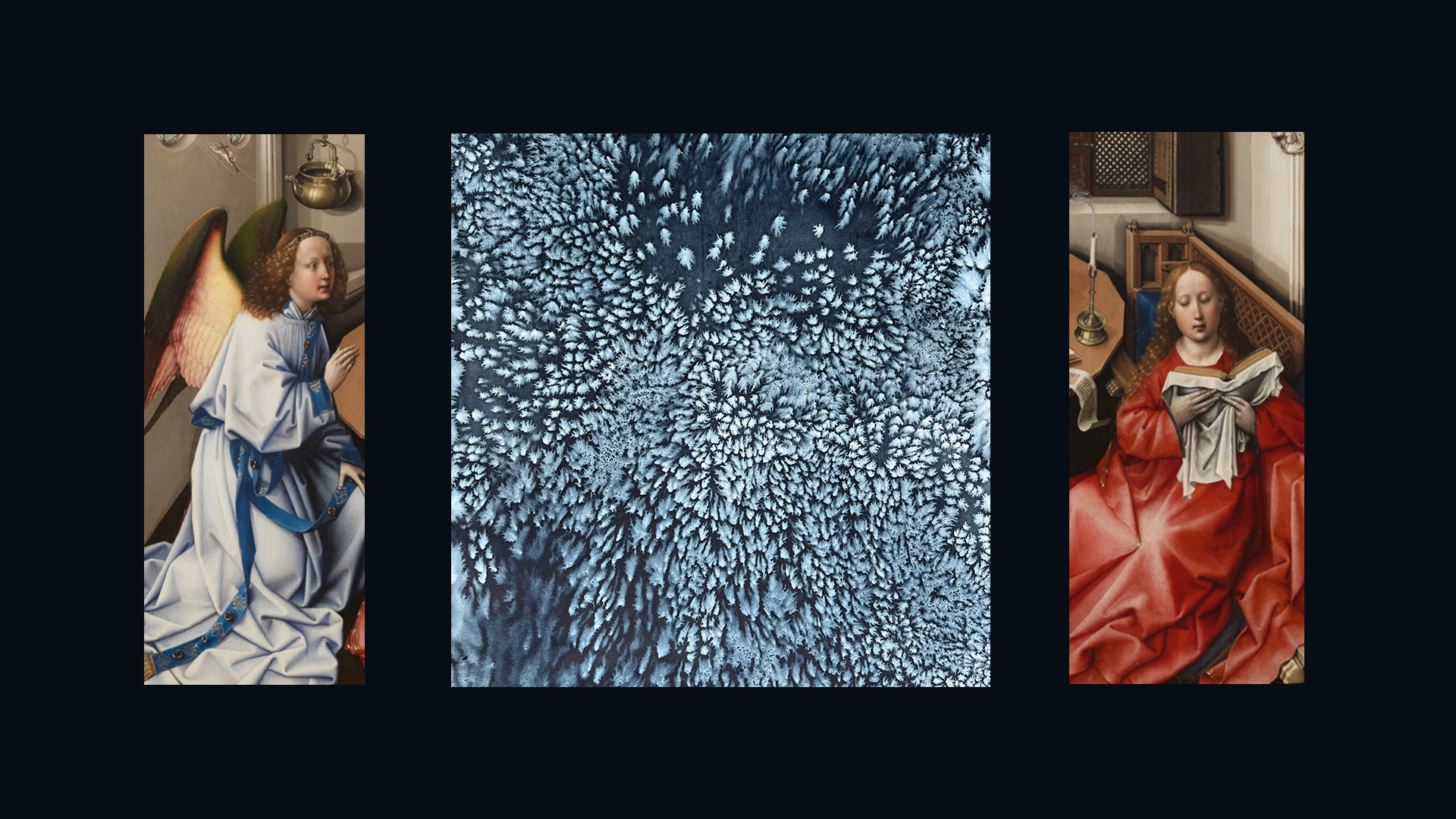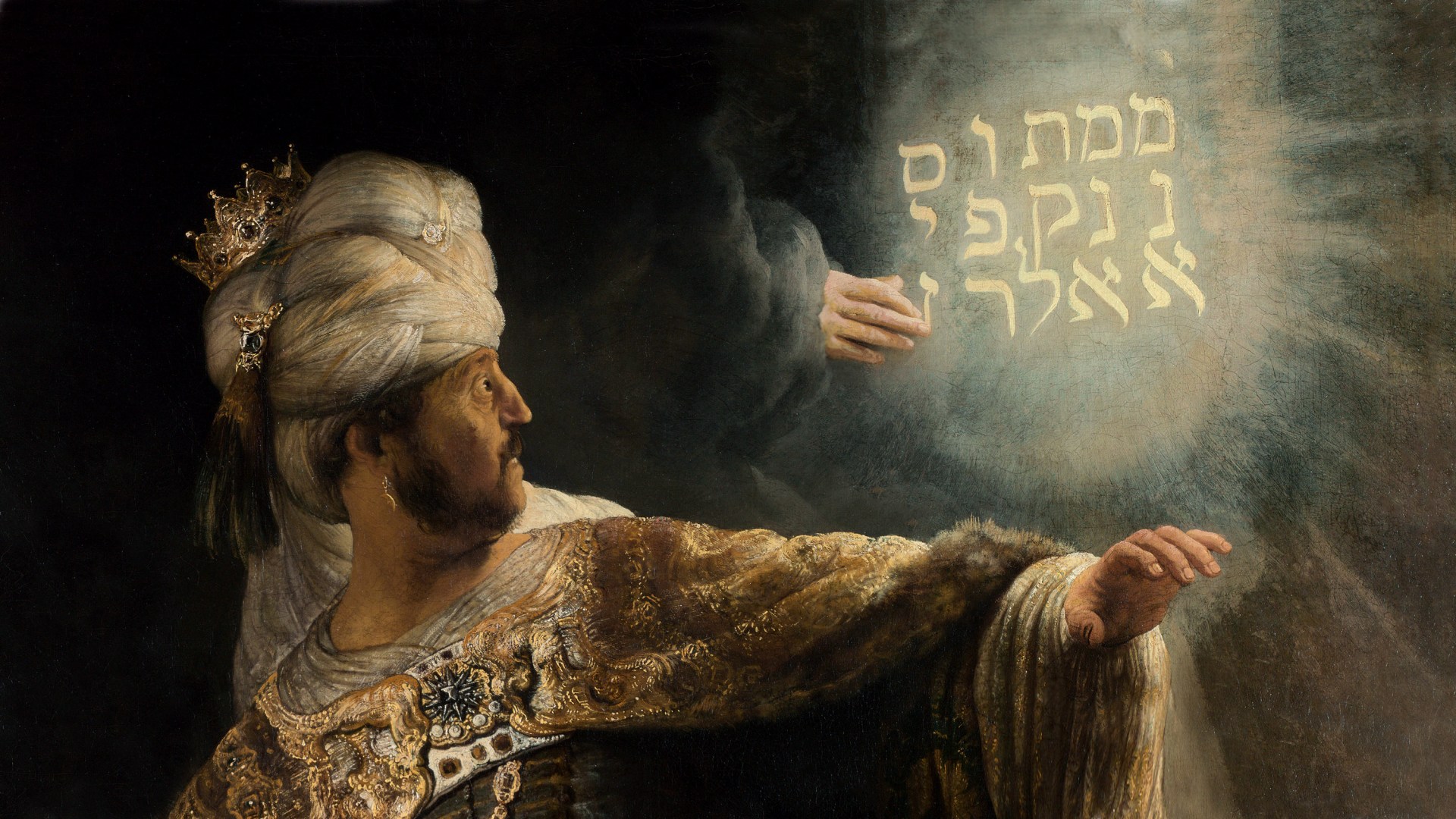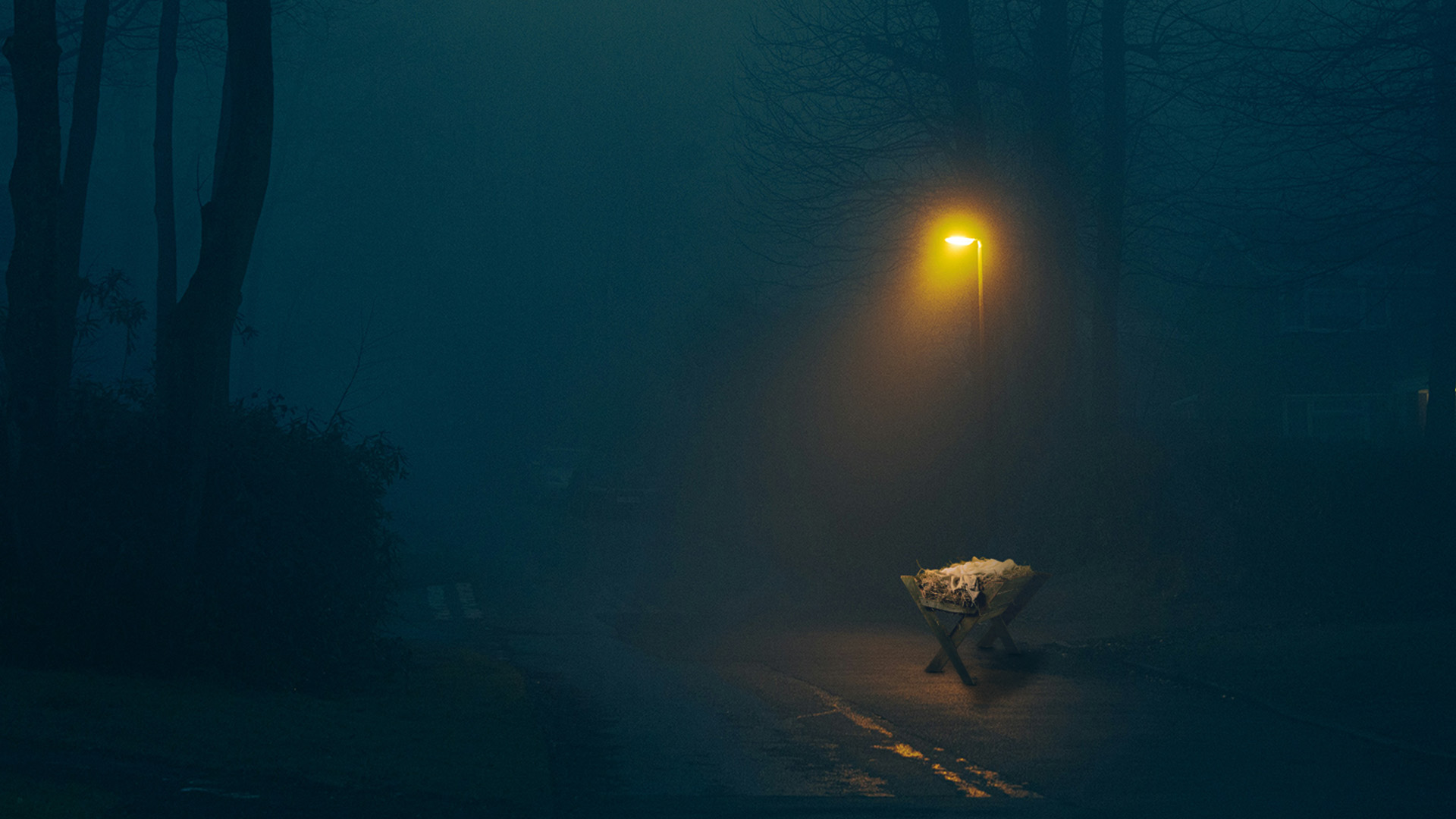Q: After I moved away, my parents joined a church in a different denomination from the church of my childhood. If I’m visiting at Christmas or Easter, am I obliged to attend with them? I’d much rather go to a local congregation in my church’s tradition, but I know my parents want me to come meet their new friends and pastor. —Troubled in Texas
Beth Moore: God alone knows how many people are struggling with the same question amid culture wars, divisions, and honest differences in generational perspectives.
Your family is a step ahead if you’re planning holidays together, and you should be free of obligation to attend your parents’ church. No one in my four family groups attends the same denomination; I’m just glad they like their churches!
I’d advise grappling prayerfully with three questions, though: Would your parents be offended if you didn’t attend? How offended? And if your answers are yes and very, is it worth it?
On the other hand, if you already know their church would bring out the worst in you (a danger to your parents’ hearts) or bring out your fight-or-flight response (a danger to your own heart), it’s wisest and most loving to attend different churches.
But keep in mind that, often, it’s not just what we do but how we do it. Might you be willing to say some version of this? “I love you dearly, and I love that you love your church, but I’d like your blessing to attend my own tradition this holiday.”
You’re a full-grown adult. You don’t need your parents’ permission to follow your convictions! But asking their blessing might soothe the sting. And if they give it, their blessing this time may free you up to bless them another time.

Beth Moore and her husband, Keith, reside outside Houston. She has two daughters and an armful of grandchildren. Beth leads Living Proof Ministries, helping women know and love Jesus through Scripture.
Q: My church is leaning into cringey “Christianese” to the point that church life drastically differs from normal human interactions. Sermon points are forced into rhyme; women’s events center on flowers and men’s on grilling; and we were told to be intimate “prayer sisters” with people we’d just met. Am I wrong to be uncomfortable? —Muddled in Michigan
Kevin Antlitz: I believe I was born again with an allergy to Christianese. Not long after my conversion in high school, I had the chance to share about a church retreat I’d attended. I said I felt “on fire for Jesus” then added—with a straight face—that I was excited to go light my friends on fire. I’m not sure if my hearers knew I was being cheeky.
Why do Christians talk and act like this? The same reason most groups develop shared habits: Common language and practices bind us together and foster belonging.
Theologians have likened conversion to becoming fluent in a new language. We learn the stories, symbols, and habits of Christianity the way we acquire a new tongue. Much of this is inevitable and good.
But groups also tend to drift toward jargon and cliché. This is not so good, and it ultimately makes the church less hospitable. It excludes people unnecessarily and makes belonging more difficult.
From the outside looking in, there’s already enough about Christianity that can seem foreign and hard to understand (2 Pet. 3:16). We needn’t make it less accessible by peddling cringe or reinforcing stereotypes. You’re not wrong to feel uncomfortable.
To riff on Marilyn McEntyre’s Caring for Words in a Culture of Lies, I encourage you to care for words in a subculture of cringe. Call your church to the missionary task of translating the gospel into language that resonates with your neighbors. And who knows? Maybe one day you and your prayer sisters can meet over steaks.

Kevin Antlitz is an Anglican priest at a Pittsburgh church positively overflowing with kids. He and his wife have three children under ten, whom they pray will never know a day apart from Jesus.
Q: I’m in my early 30s and want to get married. I’ve been seeing a Christian guy I really respect, but I’m not sure I find him attractive or feel like we have a connection. How important is this when our values and lifestyles align? Would I be settling if I made it work? Would I be letting a good match go if I stopped seeing him? —Doubtful in Delaware
Kiara John-Charles: I empathize with your urgency to marry in your early 30s. And I’m sure you’ve heard advice like, “Don’t be too picky.” “At least he’s Christian.” “Don’t make marriage an idol.”
This guidance is based in some truth—sometimes we are too picky, shared faith is important, and nothing should rival our worship of God—but it isn’t always enough. Shared values and lifestyle are foundational to marriage, but they don’t guarantee compatibility. After all, there are likely multiple people in your church who fit these criteria.
You should genuinely enjoy the person with whom you plan to spend the rest of your life. Our society can reduce attraction to superficial concerns, but personality, presence, and temperament matter. So does the sense that your spouse values and cares for you.
Consider how you’d feel if the Christian guy you’ve been seeing said of you, “I respect her, but I’m not sure I find her attractive or feel like we have a connection.” Would you want your future husband to think of you this way?
Marriage is a covenant that reflects God’s love (Eph. 5:25–33), and we should enter into it with reverence, not halfheartedly. “Settling” is in the eye of the beholder, and perhaps your connection will grow if you make it work with this person. But you deserve to marry someone whom your heart loves (Song 3:4), and so does he.

Kiara John-Charles is an LA native with Caribbean roots and a love for travel and food. She works as a pediatric occupational therapist and serves at her local church in Long Beach, California.
Got a question for CT’s advice columnists? Email advice@christianitytoday.com. Queries may be edited for brevity and clarity.





